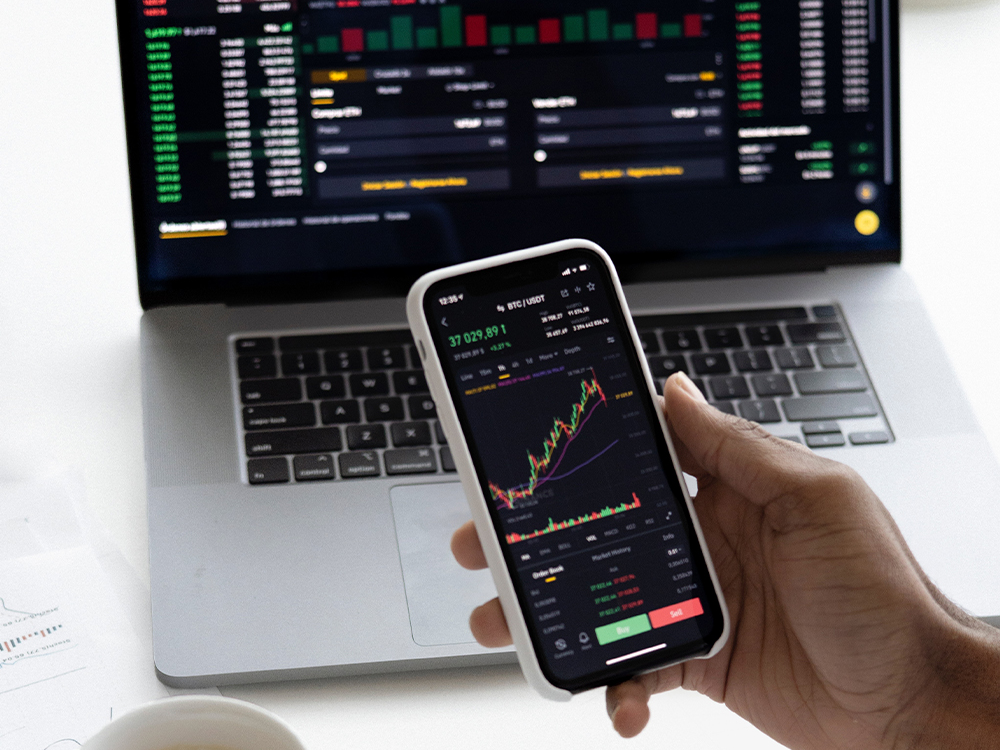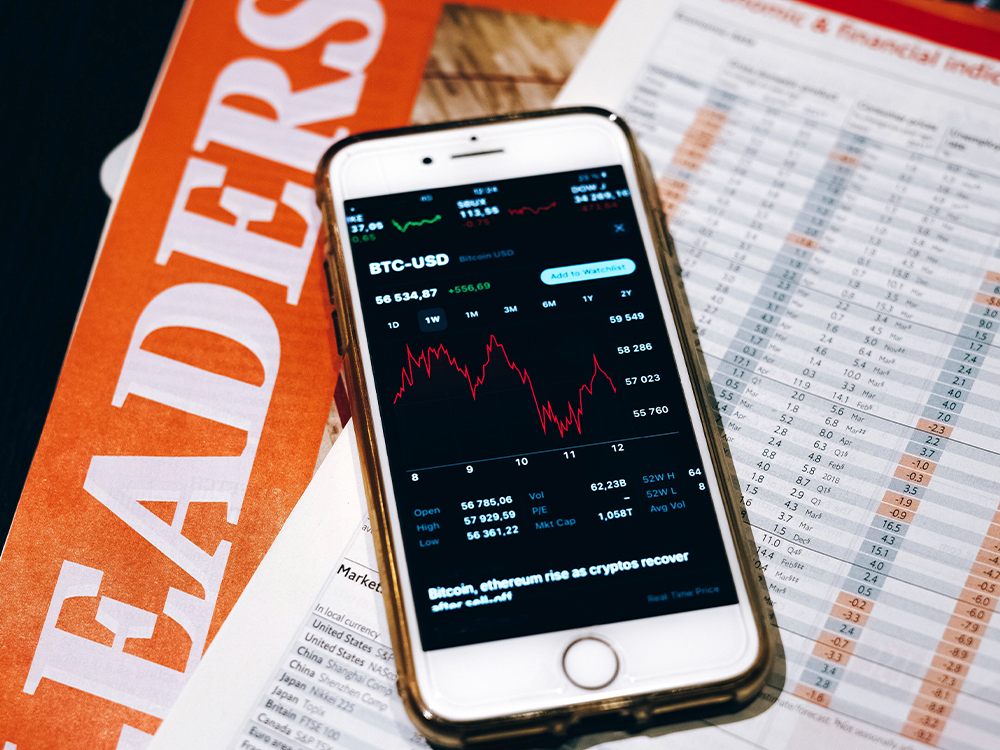Navigating the Complex Terrain of Global Trade Finance

Rupin Banker believes that global trade finance is the intricate system that underpins the exchange of goods and services on an international scale. This system involves various players, instruments, and mechanisms working together to facilitate cross-border transactions while managing financial risks. To understand the structure of global trade finance, let's explore its key components.
Importers and Exporters:
At the core of global trade finance are importers and exporters. Importers require financing to purchase goods from foreign suppliers, while exporters need assurance of payment for their shipments. These parties are the primary drivers of international trade, and their needs set the wheels of global trade finance in motion.
Banks and Financial Institutions:
Banks and financial institutions play a pivotal role in global trade finance by providing financial services and expertise. They offer letters of credit, trade finance loans, and foreign exchange services to facilitate trade. Importantly, they also assess the parties' creditworthiness and provide risk management solutions to ensure the smooth flow of transactions.
Letters of Credit (LCs):
Letters of credit are a cornerstone of global trade finance. They are issued by the importer's bank and serve as a payment guarantee to the exporter once the specified conditions are met. LCs provide security for both parties, making them a trusted tool in international trade.
Trade Credit Insurance:
Exporters often seek trade credit insurance to safeguard against non-payment risk due to factors such as economic instability or insolvency. This insurance protects them from financial losses, allowing them to expand their global market presence confidently.
Export and Import Loans:
Banks offer export and import loans to bridge the financing gap between the shipment of goods and payment. These loans come with varying terms, interest rates, and collateral requirements, depending on the specific trade transaction and the financial institution involved.
Regulatory Compliance:
Global trade finance operates in a highly regulated environment. Compliance with international trade regulations, anti-money laundering (AML) rules, and know-your-customer (KYC) requirements is critical to preventing illicit activities and maintaining the integrity of the global trade system.
Technological Advancements:
In recent years, technology has begun to revolutionize global trade finance. Blockchain technology, for example, offers transparency and security in document handling and transaction tracking. Digital platforms and fintech solutions are streamlining trade finance processes, making them more efficient and accessible.
Global trade finance is a complex and dynamic ecosystem that enables the seamless exchange of goods and services across borders. It involves a network of importers, exporters, banks, and financial instruments, all working together to manage risks and ensure successful international trade. Understanding the structure of global trade finance is essential for businesses and individuals seeking to engage in global commerce. As technology evolves, the trade finance landscape will also transform, offering new opportunities and challenges for participants worldwide.








